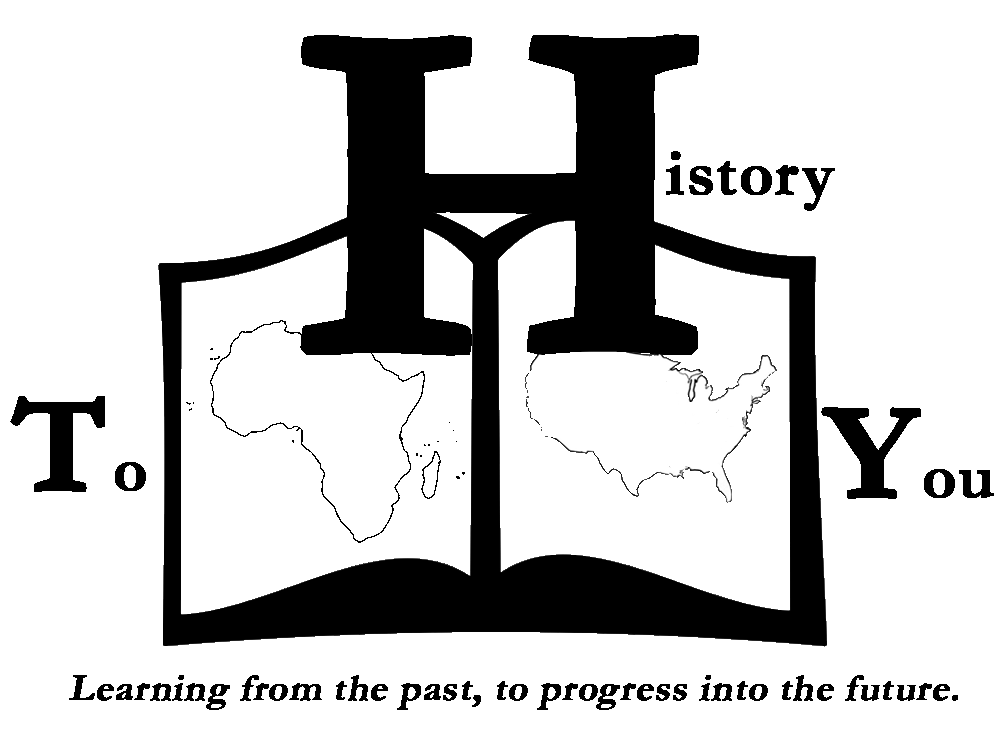
Courses/Lectures
Each of the 34 courses available can be enrolled in individually, or in packages. Each course is an approximately 1-hour session that consists of the opportunity for the students to interact with the associated artifacts, and a discussion exercise tailored for your specific class in accordance with your teacher's curriculum/recommendations. If the Course List below doesn’t fit your needs, we can work together to develop the presentation you desire – from control of the discussion topics to selection of items to be presented.
The Effects of Jim Crow
It wasn't enough to just portray Black people negatively; in order to ensure their political power and maintain the superior/inferior caste system long established, state governments, particularly in the South and West, established Jim Crow laws throughout their lands. The laws, which brought African-Americans back to a quasi-free status, aimed to negate all the gains made by African-Americans during the era of Black Reconstruction. With newspaper and magazine articles from the time, we are able to look at some of the consequences Black people suffered when they were perceived as having broken one of these Jim Crow laws.
Artifacts: Original newspapers and magazine articles from 1900-1920s detailing race riots and lynchings carried out under the laws of Jim Crow, WWI Uniform of Black soldier, other relevant items




"Negro Shot and Body Burned," Muskogee Times-Democrat, Aug. 24, 1909 - Throughout the Jim Crow South, African-Americans were not guaranteed equal protection under the law and routinely denied due process. In Monroe, Louisiana, Bill Way was alleged to have been firing a shotgun indiscriminately while running down Main Street. Residents returned fire, striking Mr. Way multiple times and eventually killing him. However, for the citizens of Monroe, killing him was not enough. The residents dragged his corpse to the public square where it was burned in front of thousands of people.
"Negro Lynched on Mother's Grave (The True Story of Rosewood), Springfield Republican, Springfield, MA, Jan. 7, 1923 - The story of Rosewood, while captured dramatically in film by John Singleton in 1997, is one that still resonantes today. It speaks to the power of false accusations and their horrible consequences. This particular article details the murder of James Carter (played by Don Cheadle in the 1997 movie), which deviates from what moviegoers saw. According to the article, Carter, who had already lost his brother and mother the night before when a white mob attempted to capture Jessie Hunter (played by Ving Rhames), was caught by a group of white men and questioned about the black men that shot back at the white mob. When he refused to talk, he was marched to the graves of those killed the night before - including his mother and brother - and riddled with bullets on top of their graves.


